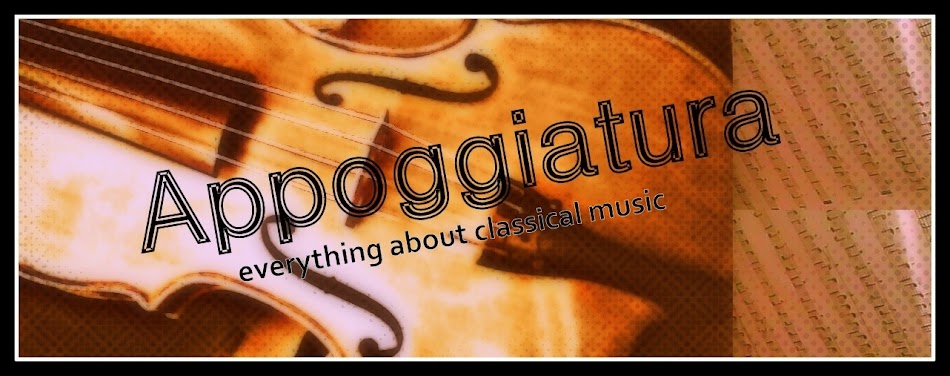Robert Schumann was a German composer of the Romantic period. He was born on June 18th 1810, the fifth son of a bookseller and publisher. Schumann developed a great interest in literature. This passion would inspire him for a lot of his compositions. Although his childhood and the first years of his marriage with his wife Clara were happy, Schumann's life ended in a miserable way, suffering from a depression and hallucinations that caused him to go to the lunatic asylum where he remained until his unfortunate death.
Trademark: lively, lyrical melodies, elegant harmonies, always with serenity.
The Fantasie-Stücke are originally written for clarinet, but the clarinet part can also be played on violin or cello. There are a lot of resemblances with parts in Schumann's piano and cello concerto.
This series of pieces consists of three parts. Schumann required his music to be played with strong emotional involvement, very typical for the Romantic period.
Let's take a closer look at the movements.
I. Zart und mit Ausdrück (Tender, and with expression)
The first measures take us right into a 'conversation' between the piano and the clarinet.
There are a lot of crescendo-decrescendos in the sheet music. The melodical line sounds like a waterstreamlet, constantly moving. It's lively and yet a little timid. The clarinet asks, the piano answers in a lyrical way. The further the melody flows, the less hesitancy and indecisiveness. There is a general crescendo, then, suddenly, we hear the theme again with more confidence. Gradually, the conversation comes to an end, confirmed by a tender major chord on the piano.
II. Lebhaft, Leicht (Lively, light)
The clarinet and the piano keep interacting, but faster and more lighthearted than their 'conversation' in the previous movement. The middle parts sound childlike and innocent, without any fear or worries. The melody goes upwards, portraying the question of a curious child. We go back to the main theme which revives for a moment, then fades away to the end.
III. Rasch und mit Feuer (Quick, and with fire)
The third movement is dynamic and temperamentful without losing it's serenity. First measures are an 'attack' from the piano and the clarinet. The same scale is heard several times, but every time with a different approach, leading us to another viewpoint.
We perceive a new theme. It's mysterious and restless.
The reprise is tempestuous with much feeling, building up to a small climax, decreasing again and eventually followed by the resolute final chords.
Recommendations
Here are a few of my favourite performances on Youtube:
But the absolute best performance of the Fantasie-stücke is on the album I mentioned in a previous article about Joey Roukens. Fragments can be heard on this link:
------------
Source of the picture: http://commons.wikimedia.org/wiki/File:R_Schumann_Bonngasse.jpg?uselang=nl#filehistory
Source of the picture: http://commons.wikimedia.org/wiki/File:R_Schumann_Bonngasse.jpg?uselang=nl#filehistory


